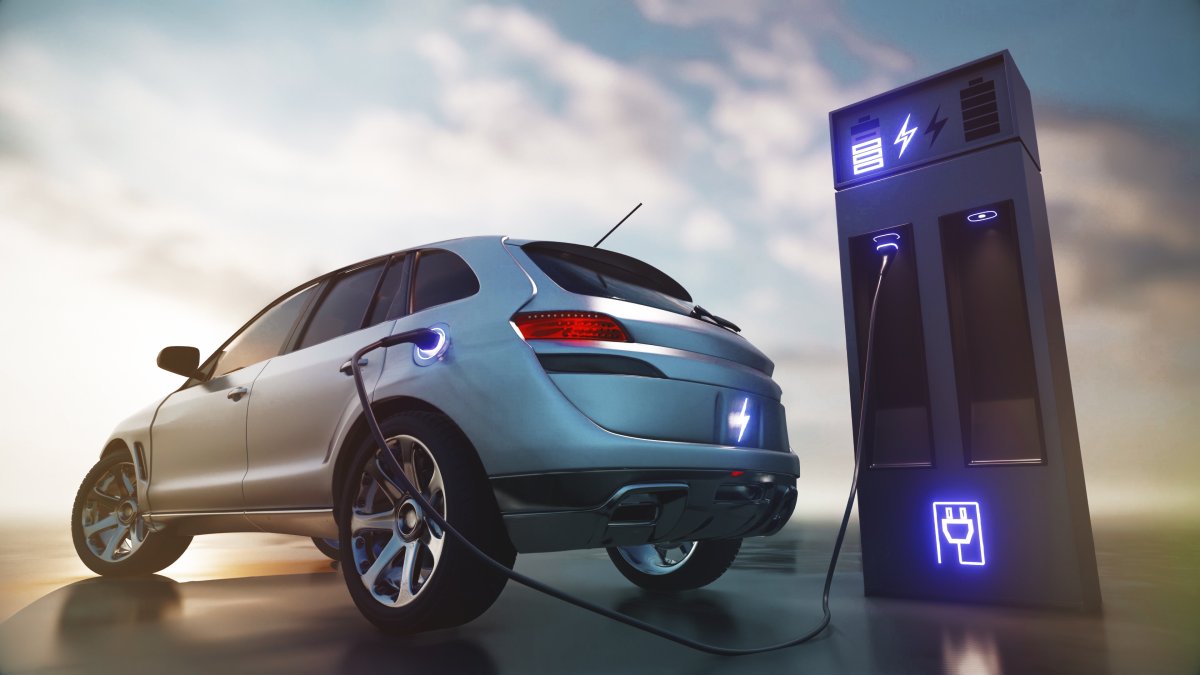Electrical vehicles, or EVs, have been increasing in popularity in recent years, but until now, have been limited by the middling distance they can travel on a single charge.
Now, however, scientists may have found a way to increase how far EVs can drive before needing to top up their battery, reaching a couple of hundred miles further with the use of a special gel.
While EVs today are capable of reaching around 435 miles on a single charge, the researchers hope that they can now reach up to 620 miles, according to a new paper in the journal Advanced Science.

EVs have become a more and more common sight thanks to technological advancements and growing awareness of the environmental impacts of petrol and diesel cars.
They are powered by rechargeable batteries rather than fossil fuels, and therefore don't emit any greenhouse gases or pollutants during their day-to-day use. Of course, greenhouse gases and pollutants may still be released during the generation of electricity to begin with if non-renewable energy sources are used.
Developments in battery technology have led to the use of high-capacity lithium-ion batteries, enabling EVs to achieve longer driving ranges on a single charge.
Now, researchers may have found a way to travel even further without needing a recharge, with the use of micro silicon particles and gel polymer electrolytes
Silicon is known for its high-energy storage capacity, making it an ideal component for use in batteries. However, silicon can expand by up to three times during charging, then shrinks as it discharges the stored energy, making it a challenge to use in batteries.
Using nanometer-sized silicon particles would solve this issue, but these are incredibly expensive and complicated to make. In the paper, the authors suggest using a compromise: micro-sized silicon particles, which are more practical in terms of cost and manufacturing.
To prevent the micrometer-silicon from expanding when charging up, the researchers suggest using gel polymer electrolytes within the battery, which exist in a semi-solid gel state. This is more elastic than liquid electrolytes, meaning that when the micrometer-sized silicon expands, the internal stress in the battery is dispersed more effectively, making the battery more structurally stable.
The researchers revealed that when they used this gel electrolyte with silicon particles 5 micrometers across, the battery remained stable. They also found that the gel had a 40 percent increase in energy density.
"We used a micro-silicon anode, yet we have a stable battery. This research brings us closer to a real high-energy-density lithium-ion battery system," paper co-author Soojin Park, a professor of chemistry at Pohang University of Science and Technology in South Korea, said in a statement.
Do you have a tip on a science story that Newsweek should be covering? Do you have a question about electric vehicles? Let us know via science@newsweek.com.
Uncommon Knowledge
Newsweek is committed to challenging conventional wisdom and finding connections in the search for common ground.
Newsweek is committed to challenging conventional wisdom and finding connections in the search for common ground.
About the writer
Jess Thomson is a Newsweek Science Reporter based in London UK. Her focus is reporting on science, technology and healthcare. ... Read more
To read how Newsweek uses AI as a newsroom tool, Click here.








